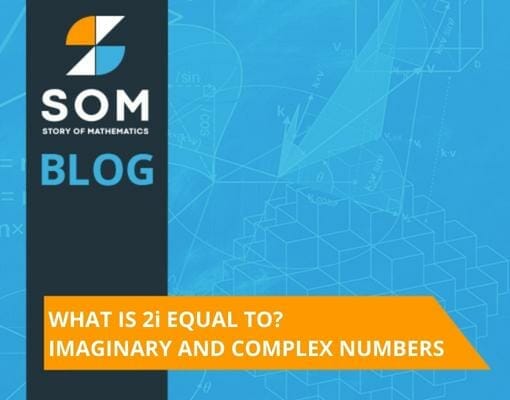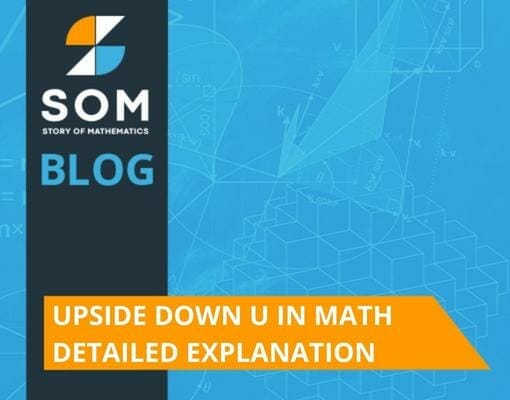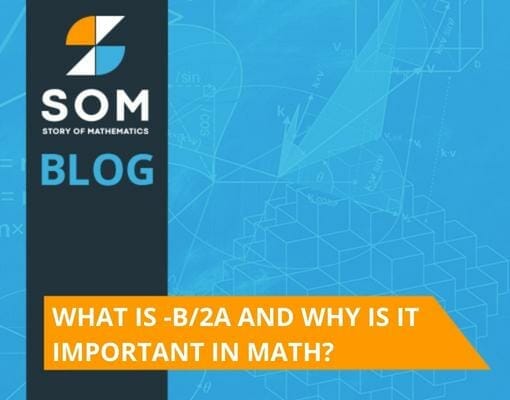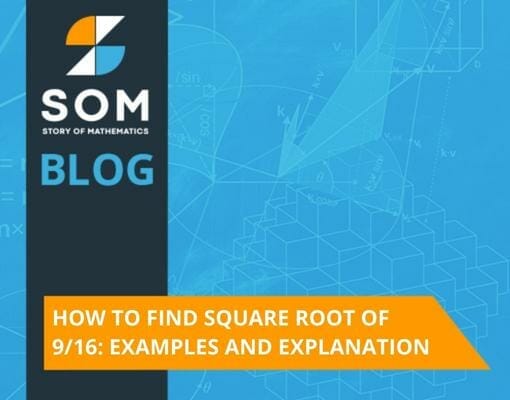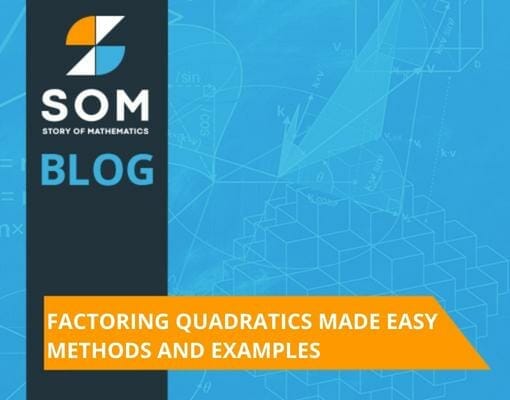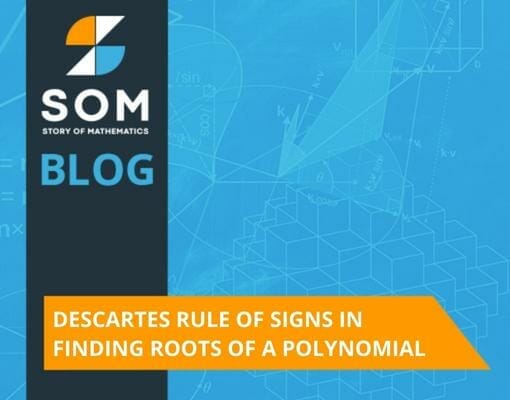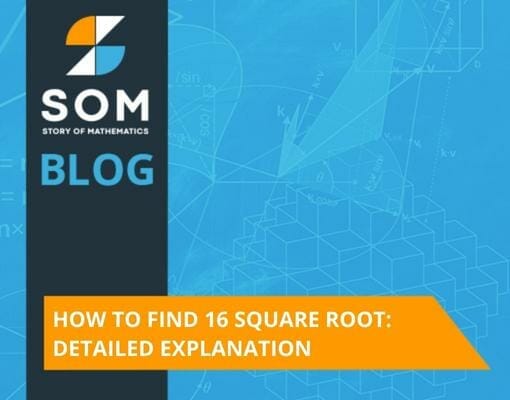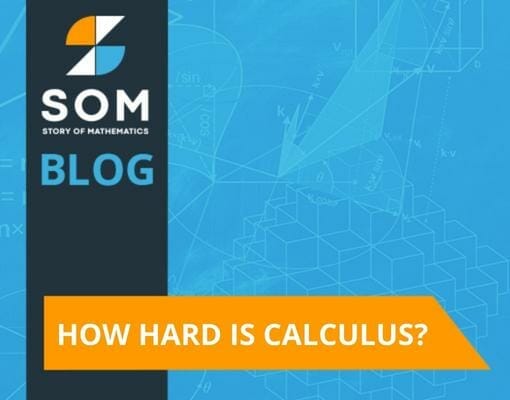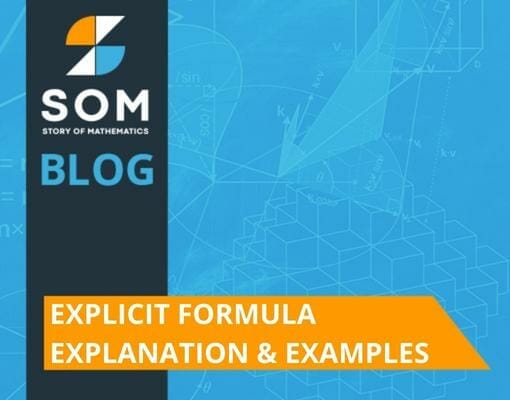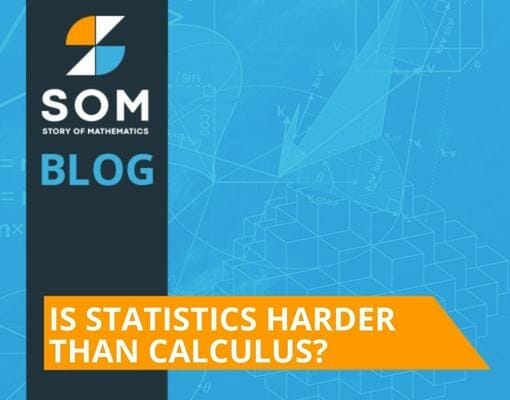Deciding which table represents a direct variation function is done by checking if the table of values presents a proportional relationship using the formula for direct proportion. It may seem like a difficult task, but worry no more because you can determine whether a function table displays a direct variation function or not within seconds. […]
Category Archives: Blog
Solving what is 2i equal to in algebra requires some knowledge of imaginary and complex numbers. The expression $2i$ is an imaginary number that is one of the roots of the quadratic polynomial $x^2+4$ or the square root of $-4$. This is because the square root of negative numbers does not exist in the real […]
The right prism is a three-dimensional solid figure with parallel, similar-shaped polygons at the top and bottom, and these polygons are connected vertically at an angle of $90^{o}$. In this guide, we will learn what a solid figure is. What does a right prism mean, and what are its types, the formula for the surface […]
A 270 degree angle is three-fourths or $dfrac{3}{4}$ of the complete circular angle of $360^{o}$. Angles are formed by the intersection of two lines or rays, and the space between the intersection of lines or rays is called the angle. The angle of 270 degrees is greater than a right angle, an example of a […]
The upside down U in math, i.e., “$cap$” is the symbol of intersection. Mathematical symbols like “$cap$” and “$cup$” are frequently used in set theory. If we invert the normal union symbol “$cup$,” then we will get an upside-down U symbol “$cap$”. Union and intersection concepts are heavily used in solving problems related to Sets […]
The $0$ on a graph is the reference point for all other points. The graph of a $0$ function has an output of zero irrespective of any input. So how do we draw the $0$ on a graph in a number line? To draw the graph of $0$ for a function, we will say that […]
The integral of $arctan x$ or the inverse of tan x is the function that returns the inverse tangent of x as its derivative. It is equal to: $int arctan xphantom{x}dx= x arctan x -dfrac{1}{2} ln|1 + x^2| + C$. In this complete guide, learn how to derive the formula for arctan x and how […]
A quadratic equation has no real solution if the value of the discriminant is negative. When we find the roots of a quadratic equation, we usually come across one or two real solutions, but it is also possible that we don’t get any real solutions. In this article, we will discuss quadratic equations in detail […]
The expression -b/2a is based on the constants of a quadratic equation and allows us to identify the vertex of a parabola. If you’re looking for an article that helps you understand the –b/2a and the vertex form, you just reached the right one. This discussion covers everything you need to know about this expression […]
The square root of 9/16 is $dfrac{3}{4}$. Solving the square root of a fraction can seem complex initially, but once you get the hang of it, it will be much easier. In mathematics, it is always convenient to divide complex problems into smaller parts before solving them. This guide will help you break down complex […]
Factoring quadratics is breaking down the factors of a quadratic expression, and since a quadratic expression is a polynomial of degree 2, then a quadratic polynomial has at most two real roots. In factoring a quadratic expression, we have to identify the two factors (of degree 1) that will give the initial quadratic expression when […]
The box method is considered one of the easiest and most fun ways of factoring trinomials because it uses a box to factor a quadratic polynomial completely. You have to place the first and last terms of the quadratic expression in the box and perform the indicated steps to obtain the factors. In this guide, […]
The Descartes Rule of Signs is a technique used in polynomials to determine the number of positive and negative real roots. It makes use of the signs of the coefficients of the terms of the polynomial by counting the times of change in signs of the coefficients. This technique is important in locating the real […]
The square root of $16$ is $4$. The square root of $16$ can be written as $sqrt{16}$, as we know the square root symbol is $sqrt{}$ and the answer of $sqrt{16}$ is $4$. Solving the square root of any number is quite easy, and all you need to do is have a basic concept of […]
If we draw a vertical line in a plane, all the points on one side of the line will make a half-plane. Whenever we draw a straight line in the coordinate plane, it will divide the plane into two halves, and if we take all the points on one side, then the set of those […]
To find the volume of a composite solid, we add the volumes of all the solid figures combined that make the composite solid. The calculated volume then can also be used to calculate the surface area of the solid further. In this guide, we will learn what a solid is, how you calculate its volume, […]
Calculus is not that hard if you have a good understanding of its prerequisites, such as algebra and pre-calculus. The name calculus sends a shiver down the spine of many students. Is the subject of calculus really this hard? Basic calculus is not that hard, but if a student has a lax attitude or behavior […]
The greatest common monomial factor is the product of common factors of all the given monomials. For example, if you are given three monomials, $6xy$, $4xy$ and $12xy$, then the product of common factors of each monomial will be called the G.C.F of the monomial. The greatest common factor (G.C.F) is used in mathematics to […]
A matrix that consists of the coefficients of a linear equation is known as a coefficient matrix. The coefficient matrix solves linear systems or linear algebra problems involving linear expressions. In the study of matrices, the coefficient matrix is used for arithmetic operations on matrices. A method like Cramer’s rule utilizes coefficient matrices to find […]
The term factoring monomials mean to factorize a monomial into a product of two or more monomials. In this complete guide, we will discuss in detail what a monomial means and how we factorize a monomial, along with related examples. What Is Factoring Monomials? The term factoring a monomial means that we break down the […]
Function operations are the arithmetic operations that are used to solve a function. The arithmetic operations applied to a function are addition, subtraction, multiplication, and division. In this article, we will learn about functions and how we can apply different operations to functions. What Are Function Operations? Function operations are the arithmetic rules we can […]
If we expand a number as a summation of individual digits multiplied by powers of $10$, then we call it the expanded form exponents. In this topic, we will learn how to expand any given number using exponents. We will cover integers as well as decimal numbers using many numerical examples. What Is Expanded Form […]
An explicit formula is used to calculate the nth term of a sequence by explicitly or directly putting in the value of n. For example, if you want to determine the $6^{th}$ term of the sequence, then you will put $n = 6$. The explicit formula is generally written as $a_{n} = a + (n-1) […]
A line of reflection is a line that lies between two identical mirror images, so the distance of any point of one figure from the line will equal the distance of the same point of the mirror image (flipped figure). The definition tells us that if we are given two images, such as mirror images […]
The intercept form of a quadratic equation is used to determine the x-intercepts of the quadratic equation or function. The standard form of a quadratic equation is: $y = ax^{2}+ bx + c$ We can write the intercept form of a quadratic equation as: $y = a (x-p) (x-q)$ In this article, we will study […]
At an advanced level, statistics is considered harder than calculus, but beginner-level statistics is much easier than beginner calculus. Frankly, it mostly depends upon the student’s interest as some students find it hard to comprehend statistics while others find it hard to understand calculus. In this article, we will make a case for both statistics […]
If in a given table of two quantities, an increase/decrease of one quantity results in a proportional increase/decrease in the other quantity, then the table represents a linear function. If we are provided with a table with two variables “$x$” and “$y$” and for every value of “$x$” there is a specific corresponding value of […]
The -90 degree rotation is the rotation of a figure or points at 90 degrees in a clockwise direction. Rotations are part of our life, and we see this phenomenon on daily basis. Some of the real-life examples of rotation are: Rotation of earth around its axis Rotation of car steering Rotation of characters in […]
A prime polynomial or irreducible polynomial is a type of polynomial with integer coefficients that cannot be factorized into polynomials of lower degree with integer coefficients. Engineers, designers and architects have to deal with complex calculations on a daily basis, and most of the calculations involve polynomials. Polynomials are used in predicting different economic models […]
The function $y = x^{2}$ is quadratic, and the graph of this function represents a parabola. In this topic, we will discuss a quadratic function and how we will properly draw the graph of this function. Is y=x^2 a Quadratic Equation? Yes, $y = x^{2}$ is a quadratic equation. A quadratic equation is an algebraic […]


